
The Business of Fashion
Agenda-setting intelligence, analysis and advice for the global fashion community.

Agenda-setting intelligence, analysis and advice for the global fashion community.
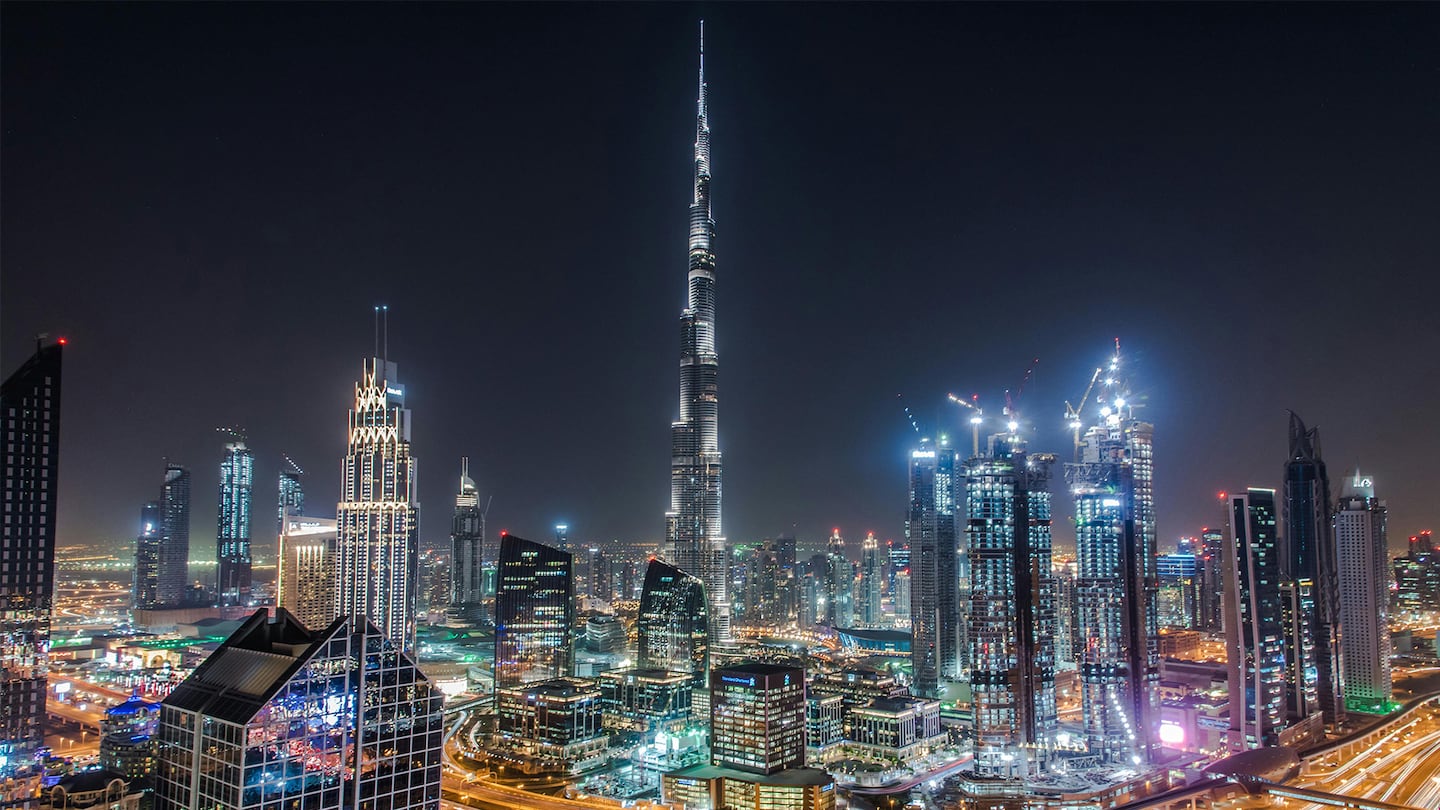
DUBAI — The last time I touched down in Dubai back in 2015, the question I was asked over and over again was whether the Emirati city-state could become a global fashion capital: could it make the leap from being a mere consumer of fashion to a creator of fashion, bringing together the critical elements of a fashion industry ecosystem, from education and design, to manufacturing, finance and technology?
Back then, the big four fashion capitals — New York, London, Paris and Milan — still dominated the industry, and it seemed like a long-shot for Dubai, better known for conspicuous consumption than industry clout, to become a fashion hub of this stature.
Eight years later, much has changed on planet fashion.
London and New York, while still on the map, have lost ground as global fashion capitals. While London continues be the training ground for the industry’s top creative talent (Chemena Kamali and Seán McGirr who debuted this season as creative directors at Chloé and McQueen, respectively, were both educated at London’s Central Saint Martins College of Art & Design), the city has been losing ground as a major fashion hub for years. Now, the implosion of Farfetch and Matches, and ongoing troubles at Net-a-Porter, have eroded London’s position as a hub for technological innovation in fashion and placed huge pressure on the city’s independent designers who rely heavily on them for scale and global distribution.
ADVERTISEMENT
Across the pond, the challenges faced by America’s department stores have put similar pressures on New York’s independent brands. At the same time, the city’s one-time status as the industry’s commercial capital has waned, as Parisian mega-brands — Chanel, Dior, Louis Vuitton and Hermès — have surged to previously unimaginable scale.
Meanwhile, Shanghai, which had taken the leading position in the race to become the fifth global fashion capital, has become increasingly cut-off from the rest of the fashion industry amid growing geopolitical tensions, a slowing economy and a lingering sense of insularity after Covid lockdowns.
But the very notion of a fifth fashion capital may be a thing of the past. In a globalised world, the fashion industry, too, is more global than ever and the concept of fashion capitals may be shifting from a handful of citadels (which Shanghai or any other city might join) to a wider system of hubs, each with its own specialisation, orbiting one increasingly dominant centre: Paris.
Milan (and now Mumbai) specialise in offering high-quality manufacturing, London produces top creative talent, Seoul and Los Angeles churn out brand ambassadors. And Paris, truly the world’s fashion capital, is where it all comes together.
So where does this leave Dubai? That was the question on my mind as I sat down with more than a dozen fashion professionals last week — several of whom were expats who had come to Dubai for six months only to find themselves still there more than 10 years later — to learn more about life and the behind the scenes of the fashion industry in this city.
Before it was an international metropolis, Dubai was a fishing village. As vice president, prime minister, minister of defence, and now absolute ruler, Sheikh Mohammed bin Rashid Al Maktoum was instrumental to this transformation, helping to create companies like Emirates Airlines, Jumeirah Group and DP World, and real estate developments like the Palm Islands, Burj Al Arab and Burj Khalifa, establishing Dubai as a global brand.
As one person said to me, Sheikh Mohamed’s original direction to close advisors developing his vision for 2020 was not to think of Dubai as a city, but to think of Dubai as a business. That pragmatic mindset is evident in everything you see and hear happening in the city.
While the city has suffered significant setbacks, notably during the financial crisis of 2008, it’s back to blistering growth, buoyed by relatively low cost of living, advantageous tax rules and its decision to remain open to the world during the pandemic. In 2020 alone, the city’s population surged by 5.6 percent, making it one of the fastest growing cities in the world, now home to more than 3.6 million people.
ADVERTISEMENT
There’s no doubt Dubai is creaking under this growth spurt. Everything used to be 20 minutes away. Now it’s more like 60, with gridlock to rival Los Angeles.
But Dubai is extraordinarily global and diverse in a way that I have not experienced anywhere else in the world. Emiratis only make up about 10 percent of the population, with more than 200 other nationalities represented. This was fully on display one night at the ninth anniversary party for La Faubourg du Cantine, the Dubai outpost for the original Parisian restaurant which closed in 2006, where I felt like I had been parachuted into the future. Not only was there a sense of openness and optimism that is hard to find these days in New York, London and Paris, there was also a global mix of culture where multiple languages were spoken interchangeably and music by a live band veered from 90′s R&B to classic Parisian show tunes to which everybody seemed to know the words. It was a vibe.
Part way through my trip, locals began warning me that a man-made rainstorm was coming, part of a “cloud seeding” programme run by the government that brings much needed hydration to this desert city. Then I received an alert on my phone advising me to stay home on Saturday, the day I had set aside to visit the city’s two expansive shopping malls, Dubai Mall and Mall of the Emirates. The next day, I woke up and parts of the city were flooded because there were no drainage systems to handle the torrential sheets of rain.
I decided to venture out anyway as it was my last day in town. Nobody else seemed to have heeded the warnings either. When we arrived at Dubai Mall, it was almost impossible to find a parking spot and the mega brand stores were heaving with customers. Dior, Chanel and Hermès were all doing brisk business. Quiet luxury brands Loro Piana, Zegna and Brunello Cucinelli were very busy too.
For many of these luxury brands, their Dubai Mall store is their number one store in the world, while the Middle East makes up roughly 10 percent of global sales, and growing. But that doesn’t mean the customers are all locals. Of course there were Emiratis, but also lots of Russians (many of whom seemed to have moved here after the war in Ukraine broke out) Indians and Western expats. It’s no wonder that for many luxury fashion brands, Dubai is where they meet a wide and unique cross-section of their global customers in one place.
As for its place among the world’s fashion hubs, Dubai may still be mostly about luxury consumption, but it is also emerging as the dominant hub for brands keen to engage with the wider MENA region, including the high-potential Indian market, only a two hour flight away. Condé Nast has opened an office here, with expectations that it is going to take back its licences for Vogue Arabia and GQ Middle East in order to operate them directly and reap more of the profits.
There are also fashion schools, including a two year-old outpost of Istituto Marangoni and FAD which is expanding its own course offering in the Dubai Design District in the coming months. And, yes there are more and more homegrown businesses like Rami Al-Ali’s couture, The Giving Movement’s activewear, Nadine Kanso’s Bil Arabi jewellery and Sole DXB’s trade shows that are making a global fashion impact.
So, yes, while at times, Dubai can still feel like being on a different planet from the rest of the fashion world with its Blade Runner-like city-scape, giant shopping malls and man-made storms, and while its global ambitions will never be fully realised until it confronts its record on human rights, it is also a place that is constantly changing. In some ways, Dubai is a window into the future of fashion as power and wealth shift Eastwards, seeding opportunities for fashion creativity and entrepreneurship to flourish far beyond fashion’s traditional capitals.
ADVERTISEMENT
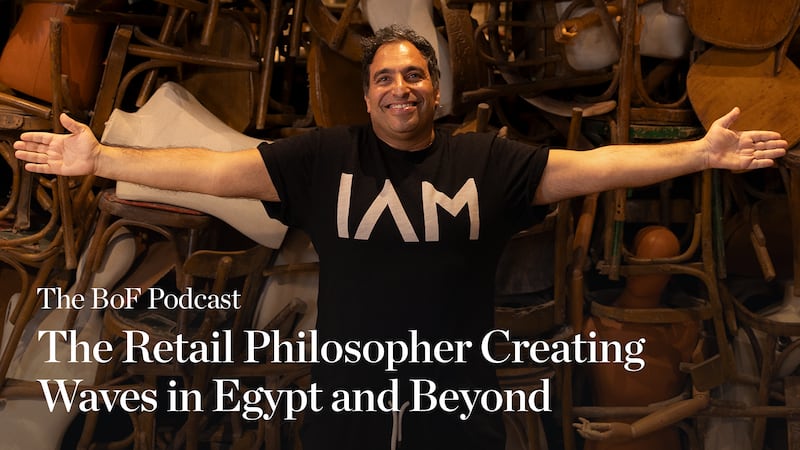 Opens in new window
Opens in new windowLast year, when I visited Cairo I visited a unique store concept called Maison69, the brainchild of Amir Fayo, whose underlying philosophy is to create retail and hospitality concepts rooted in culture and connection.
This week on The BoF Podcast, I sat down with Amir to discuss his unique personal history; his innovative and emotive approach to retail, and the philosophy that underpins it.
Imran Amed, Founder, CEO and Editor-in-Chief, The Business of Fashion
P.S. Limited in-person tickets remain to join us next week on March 22 at the BoF Professional Summit in New York. Save $100 off the full ticket price, using code BoFTECH100. Purchase your ticket now.
1. How Zara Is Beating Shein. By investing in an elevated product and shopping experience, Spanish retailers Inditex and Mango are seeing tremendous growth despite fierce competition from the likes of Temu and a cash-strapped consumer.
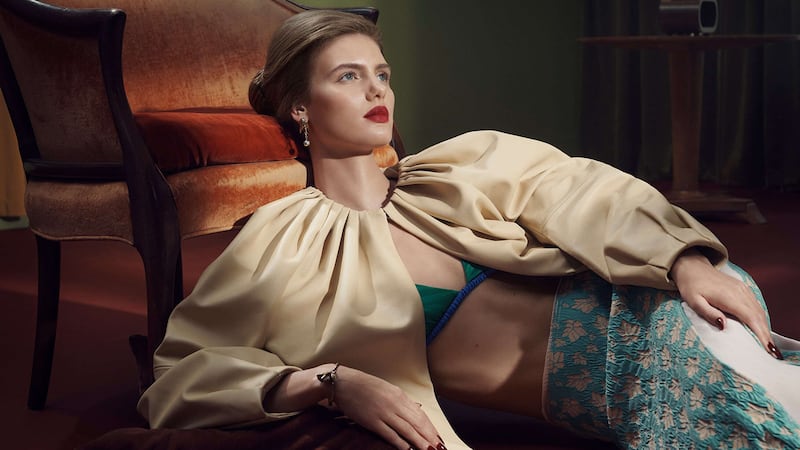 Opens in new window
Opens in new window2. The Strategy Behind Miu Miu’s Explosive Growth. How did Miu Miu grow by 58 percent last year? CEO Benedetta Petruzzo breaks down the plan that has powered eye-popping acceleration in a slowing luxury market.
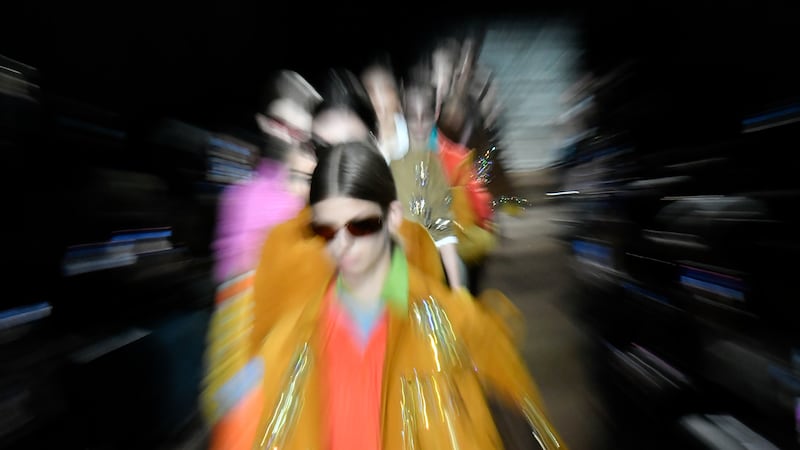 Opens in new window
Opens in new window3. Nike’s Latest Sports Headache, Explained. FC Barcelona may take its on-field kit and fan merchandise in-house after falling out with Nike. Football industry executives and rival sportswear brands will be watching its next moves closely.
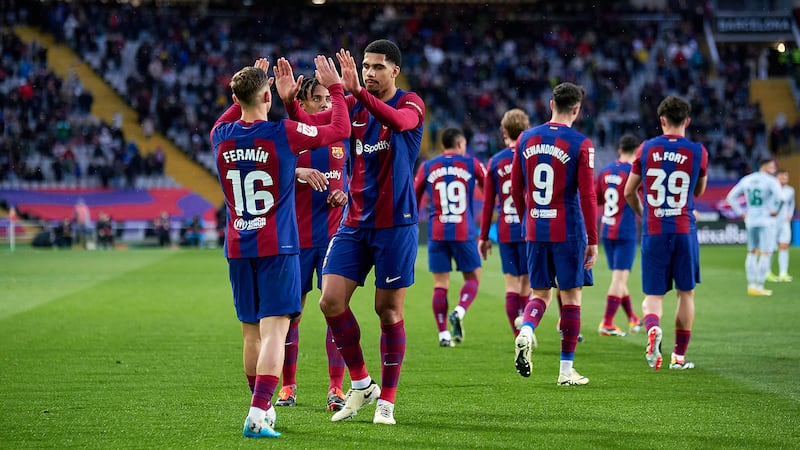 Opens in new window
Opens in new window4. Lightning in a Bottle: Tapping Into the Niche Fragrance Boom. With independent perfume on a hot streak for investments and acquisitions, the fragrance market is only growing larger — and more competitive. Here’s what steps emerging brands need to take as they expand.
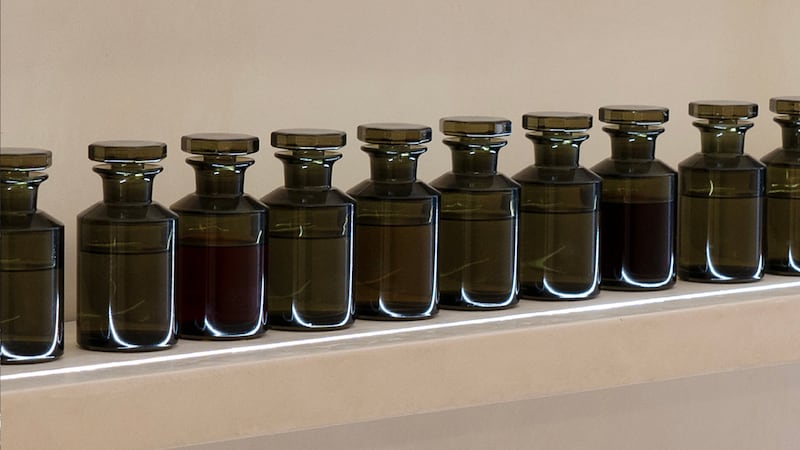 Opens in new window
Opens in new window5. What’s Driving the Influencer Subscription Boom. As social media users tune out ads, content creators are putting more of their content behind a paywall. The hope is they can build a deeper connection with their followers – and make more money, too.
 Opens in new window
Opens in new windowTo receive this email in your inbox each Saturday, sign up to The Daily Digest newsletter for agenda-setting intelligence, analysis and advice that you won’t find anywhere else.
This week’s round-up of global markets fashion business news also features Latin American mall giants, Nigerian craft entrepreneurs and the mixed picture of China’s luxury market.
Resourceful leaders are turning to creative contingency plans in the face of a national energy crisis, crumbling infrastructure, economic stagnation and social unrest.
This week’s round-up of global markets fashion business news also features the China Duty Free Group, Uniqlo’s Japanese owner and a pan-African e-commerce platform in Côte d’Ivoire.
Affluent members of the Indian diaspora are underserved by fashion retailers, but dedicated e-commerce sites are not a silver bullet for Indian designers aiming to reach them.